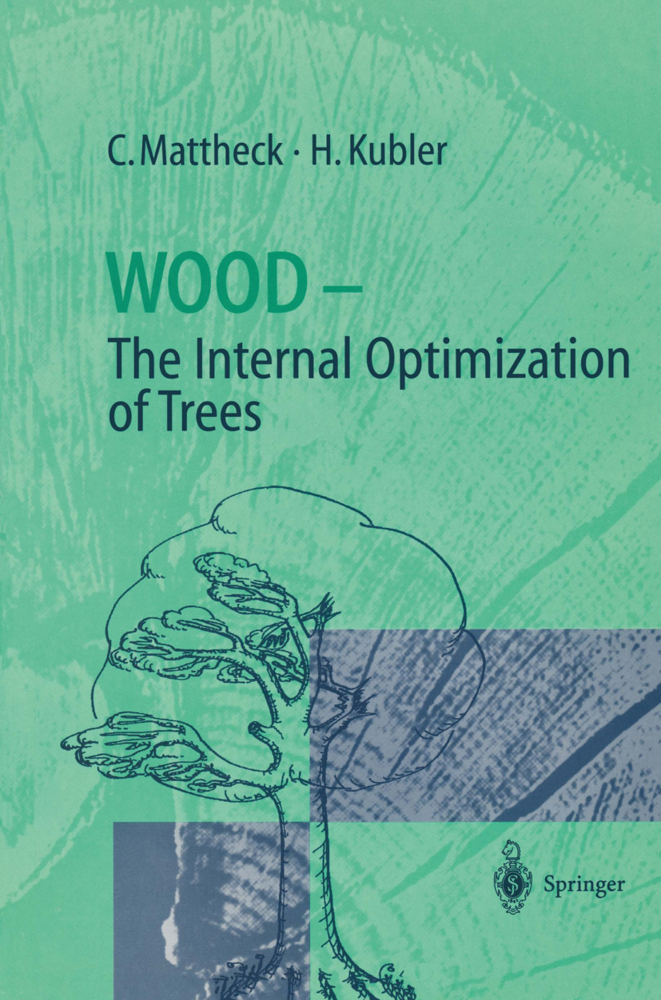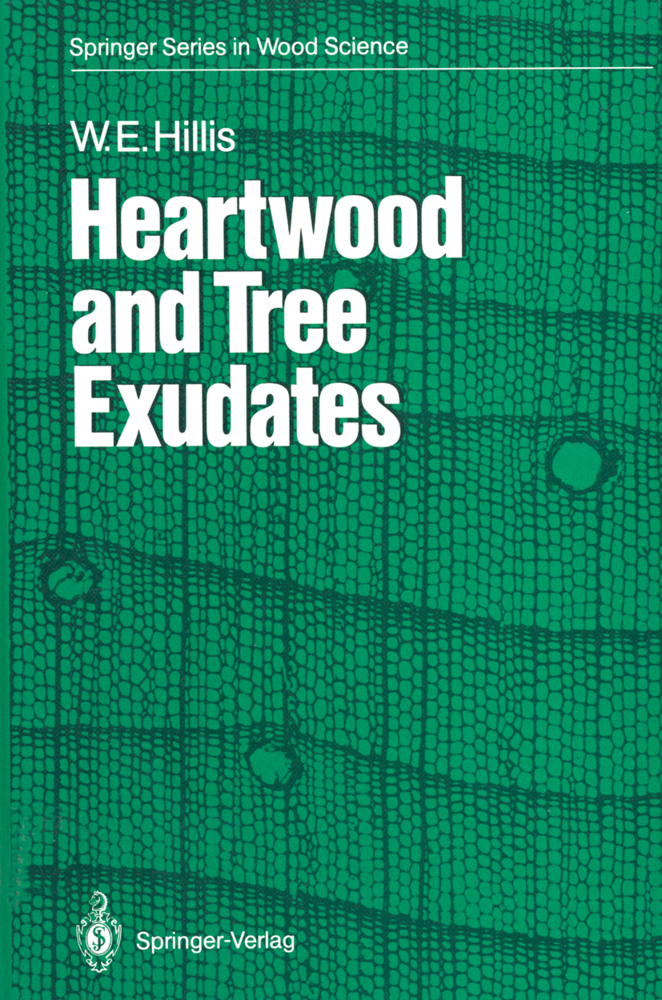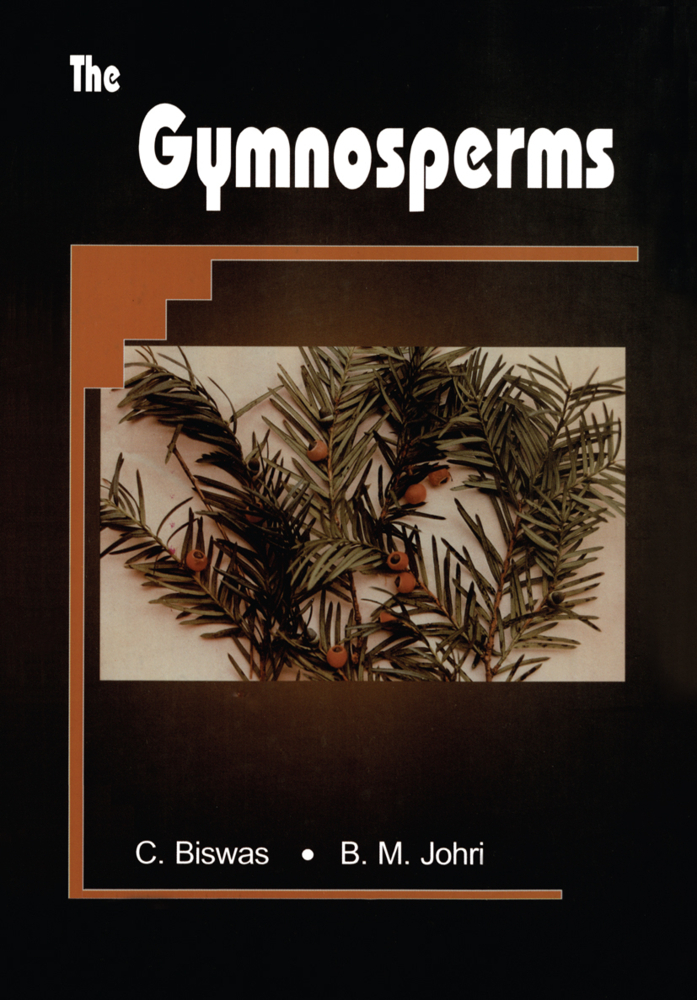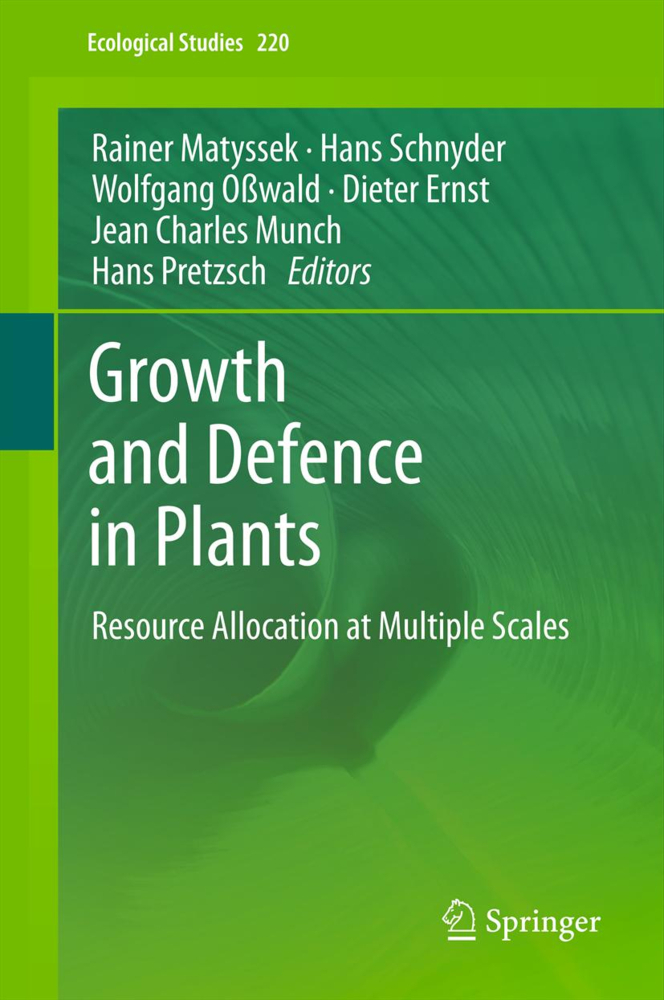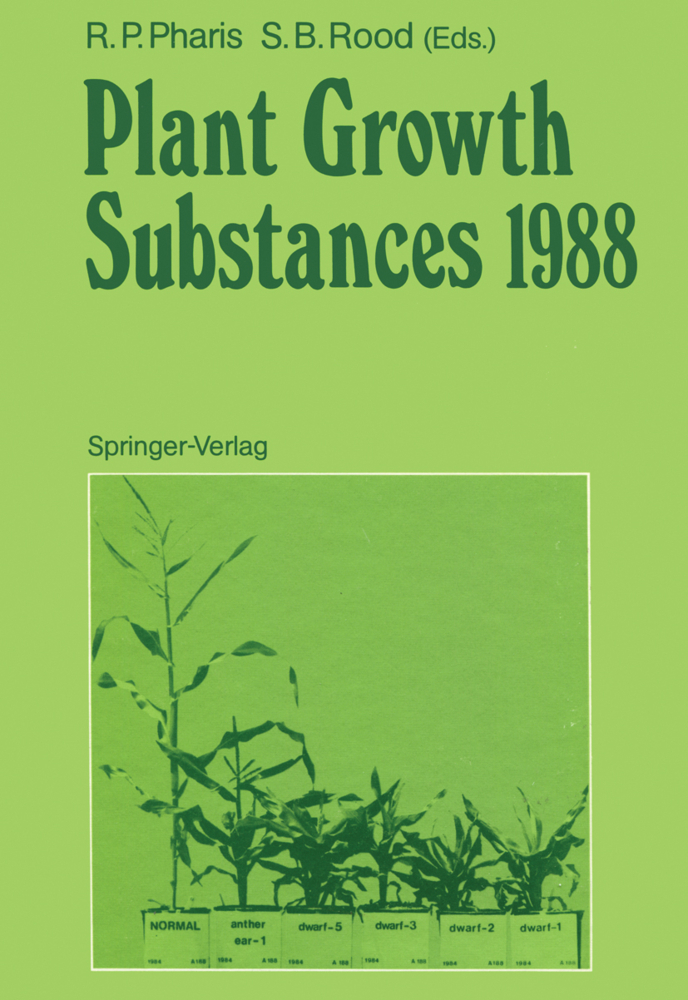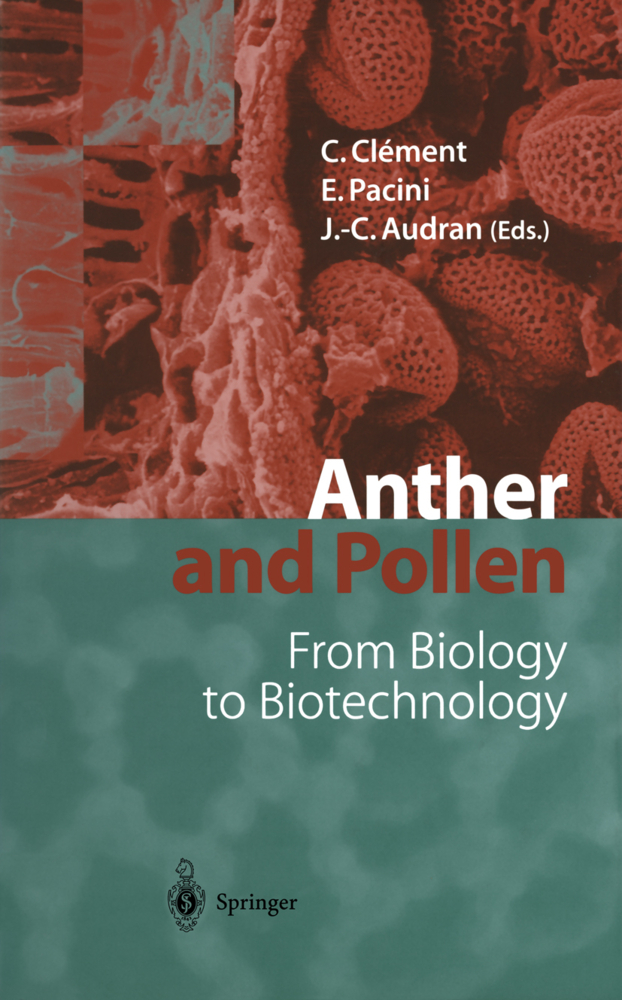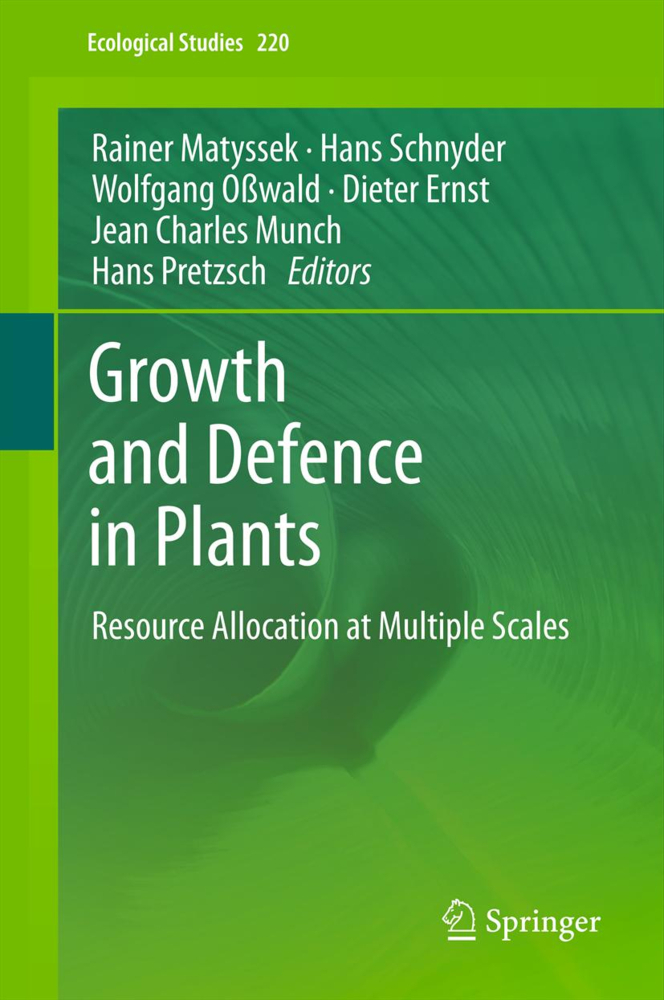Wood - The Internal Optimization of Trees
Wood - The Internal Optimization of Trees
Mit mehr als 100 schönen wie amüsanten Zeichnungen und viel didaktischem Geschick zeigen die Autoren, daß die Innenarchitektur der Bäume optimal an die Belastung angepaßt ist. Die Holzqualität ist da am höchsten, wo dem Baum die meiste Gefahr droht, wo also in seinem Inneren die größten Spannungen wirken.
2.1 External Loading and Internal Stresses
2.2 Thermal Expansion and Thermal Stresses
2.3 The Finite-Element Method (FEM)
2.4 Notches and Notch Stresses - The Component Killers
2.5 Crack Propagation
2.6 The Main Mechanical Aspects
3 The Mechanical Self-Optimization of Trees - Five Theorems
3.1 The Five Theorems
4 The Principle of Minimum Lever Arms
4.1 Negative Gravitropism
4.2 The Flexibility Strategy
5 The Axiom of Uniform Stress
5.1 The Undisturbed Design
5.2 Repair Growth
5.3 Computer-Aided Optimization - CAO
6 Parallel Fiber and Force Flow Arrangement
6.1 The Principal Stress Trajectories are Shear-Free Lines
6.2 Computer-Aided Internal Optimization - CAIO
6.3 Spindle Shapes - Advantages and Problems
6.4 Fiber Deviations
6.4.1 Mechanically Controlled Spiral Grain
6.4.2 Genetically Programmed Spiral Grain
6.4.3 The Risks of Spiral Grain
7 Tree Rings and Force Flow
7.1 Longitudinal Tree Ring Arrangement
7.2 Tangential Tree Ring Arrangement
8 Growth Stresses
8.1 Qualitative Description
8.2 Longitudinal Stresses
8.3 Lateral Stresses
8.4 Selected Techniques for Measuring Growth Stresses
8.4.1 Visual Evaluation
8.4.2 Measurement of Growth Stresses with an Increment Borer
8.4.3 Growth Stress Measurement with Prismatic Samples
8.4.4 Growth Stress Measurement Between Two Pocket Holes
8.4.5 Single-Hole Growth Stress Measurement
8.4.6 Tangential Growth Stress Measurement on Radial Saw Cuts
9 Stress-Controlled Strength Distribution
9.1 The Wood-Concrete Analogy
9.2 Radial Transverse Strengths and Hazard Beams
9.3 Tangential Transverse Strengths in Leaning Trees
9.4 Strengths in the Residual Walls of Hollow Trees
10 Cracks
10.1 FrostCracks
10.2 Shear Cracks
10.3 Enclosed Bark
10.4 Hazard Beams
10.5 Ring Shakes
10.6 Grown Cracks on the Upper Sides of Branch Joints
10.7 T-Cracks
10.8 Drought Cracks
11 Final Remarks - Review and Outlook
Reference.
1 Introduction
2 Mechanical Fundamentals2.1 External Loading and Internal Stresses
2.2 Thermal Expansion and Thermal Stresses
2.3 The Finite-Element Method (FEM)
2.4 Notches and Notch Stresses - The Component Killers
2.5 Crack Propagation
2.6 The Main Mechanical Aspects
3 The Mechanical Self-Optimization of Trees - Five Theorems
3.1 The Five Theorems
4 The Principle of Minimum Lever Arms
4.1 Negative Gravitropism
4.2 The Flexibility Strategy
5 The Axiom of Uniform Stress
5.1 The Undisturbed Design
5.2 Repair Growth
5.3 Computer-Aided Optimization - CAO
6 Parallel Fiber and Force Flow Arrangement
6.1 The Principal Stress Trajectories are Shear-Free Lines
6.2 Computer-Aided Internal Optimization - CAIO
6.3 Spindle Shapes - Advantages and Problems
6.4 Fiber Deviations
6.4.1 Mechanically Controlled Spiral Grain
6.4.2 Genetically Programmed Spiral Grain
6.4.3 The Risks of Spiral Grain
7 Tree Rings and Force Flow
7.1 Longitudinal Tree Ring Arrangement
7.2 Tangential Tree Ring Arrangement
8 Growth Stresses
8.1 Qualitative Description
8.2 Longitudinal Stresses
8.3 Lateral Stresses
8.4 Selected Techniques for Measuring Growth Stresses
8.4.1 Visual Evaluation
8.4.2 Measurement of Growth Stresses with an Increment Borer
8.4.3 Growth Stress Measurement with Prismatic Samples
8.4.4 Growth Stress Measurement Between Two Pocket Holes
8.4.5 Single-Hole Growth Stress Measurement
8.4.6 Tangential Growth Stress Measurement on Radial Saw Cuts
9 Stress-Controlled Strength Distribution
9.1 The Wood-Concrete Analogy
9.2 Radial Transverse Strengths and Hazard Beams
9.3 Tangential Transverse Strengths in Leaning Trees
9.4 Strengths in the Residual Walls of Hollow Trees
10 Cracks
10.1 FrostCracks
10.2 Shear Cracks
10.3 Enclosed Bark
10.4 Hazard Beams
10.5 Ring Shakes
10.6 Grown Cracks on the Upper Sides of Branch Joints
10.7 T-Cracks
10.8 Drought Cracks
11 Final Remarks - Review and Outlook
Reference.
| ISBN | 978-3-540-62019-8 |
|---|---|
| Medientyp | Buch |
| Copyrightjahr | 1997 |
| Verlag | Springer, Berlin |
| Umfang | XII, 131 Seiten |
| Sprache | Englisch |

